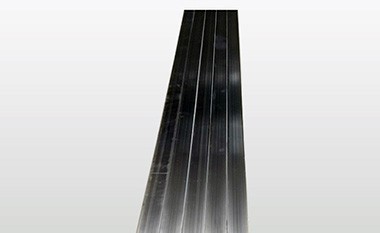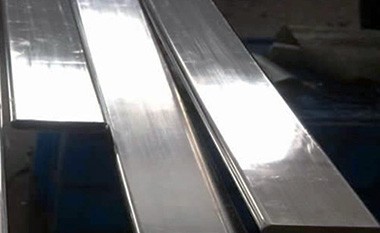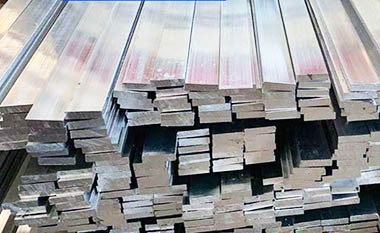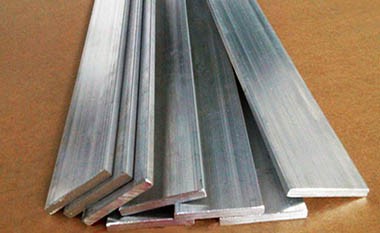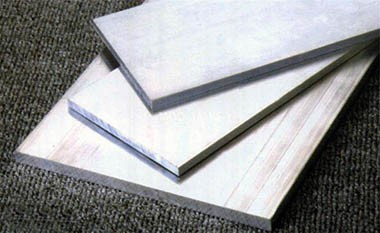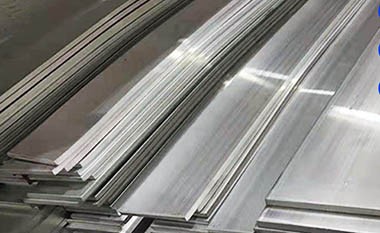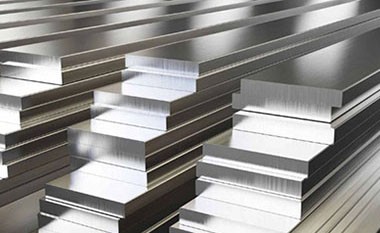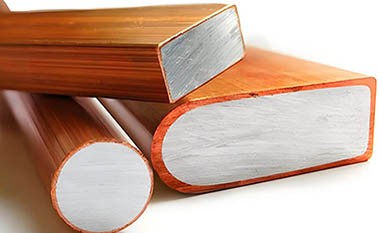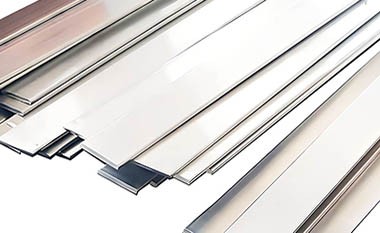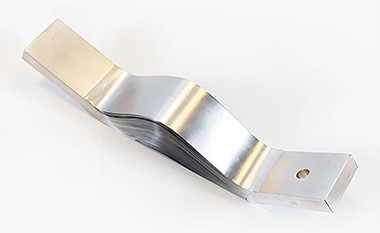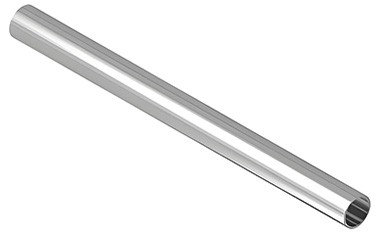1060 Electrical Aluminum Busbar
The 1060 aluminum busbar is a conductive busbar made primarily of 1060 aluminum alloy, commonly used in power systems and electrical equipment.
1060 aluminum busbar is made from 1060 aluminum alloy, which has a purity of 99.6%. This high purity provides excellent conductivity.
HC Aluminum's 1060 EC grade aluminum busbar complies with IEC 60105, ISO 209-1, 2, DIN EN 755-2, and DIN EN 755-5 standards, exhibiting good ductility, high formability, and tensile toughness, fully meeting standard processing requirements (stamping, stretching).
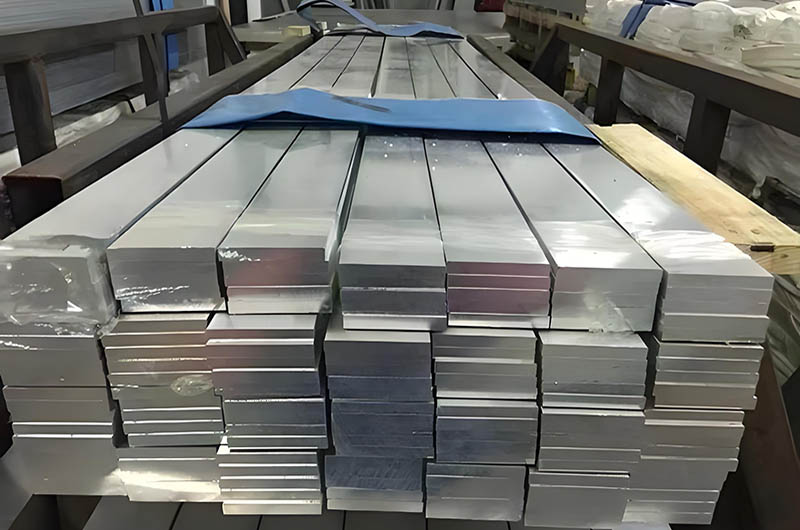
Advantages of 1060 Electrical Aluminum Busbar
1. Lightweight
Reduced structural load: The density of 1060 aluminum busbars is only about one-third that of copper, significantly lowering the overall weight of equipment. This is particularly important for applications that require space savings and reduced load capacity, such as in large power distribution systems and high-rise buildings, where using aluminum busbars can lessen the pressure on support structures.
2. Cost-effective
Low material cost: The market price of aluminum is generally lower than that of copper, making the use of 1060 aluminum busbars a significant cost-saving measure in large-scale applications.
3. Environmental friendliness
Recyclability: Aluminum has a high recycling rate, and 1060 aluminum busbars can be recycled and reused at the end of their lifespan, reducing resource waste and aligning with sustainable development principles.
Low energy consumption in production: The production process for aluminum typically requires less energy than that for copper, minimizing the environmental impact of manufacturing.
Detailed Information of 1060 Aluminum Busbar
| Parameter | Description |
| Model | 1060 |
| Material | Aluminum |
| Tolerance | +/- 0.1mm |
| Length | Up to 6m |
| Width | 10mm - 200mm |
| Thickness | 0.15mm - 40mm |
| Surface Treatments | Options include zinc, nickel, tin, or silver plating to enhance conductivity and protect against corrosion. |
| Application | Electrical |
HC Aluminum 1060 Electrical Aluminum Busbar Surface Quality Requirements
HC Aluminum supplies conductive aluminum busbar products made from 1050, 1060, 1070, 1100, 1350, 6060, 6082, 6101, etc., strictly controlling the quality of the aluminum busbar, with competitive prices.
- Smooth surface, free from burrs, spots, and other defects.
- Clean surface, free from dust, oil stains, and other impurities.
- Uniform and dense oxide layer, providing good corrosion resistance.
Characteristics of 1060 Electrical Aluminum Busbar
| Characteristic | Description |
| Conductivity | With an aluminum content of over 99.6%, it has excellent conductivity, making it suitable for power transmission. |
| Lightweight | Compared to copper busbars, aluminum busbars are lighter, reducing structural load and facilitating installation and maintenance. |
| Corrosion Resistance | The surface can form an oxide film, providing good corrosion resistance, making it suitable for use in humid and saline environments. |
| Formability | Easy to process and shape, it can be made into different shapes and sizes through extrusion, bending, and welding techniques. |
Chemical composition of HC Aluminum 1060 conductive aluminum busbar
| Element | Composition (%) |
| Si | Max. 0.25 |
| Fe | Max. 0.35 |
| Cu | Max. 0.05 |
| Mn | Max. 0.03 |
| Mg | Max. 0.03 |
| Cr | - |
| Zn | Max. 0.05 |
| Ti | Max. 0.03 |
| Other each | Max. 0.03 |
| Other total | - |
| Al. | Min. 99.60 |
Applications of 1060 Electrical Aluminum Busbar
| Application Area | Detailed Description |
| Power Systems | The 1060 aluminum alloy busbar is widely used in substations, distribution cabinets, and other electrical facilities as the primary conductor for power transmission. Its excellent conductivity ensures efficient power transfer, while its lightweight characteristics make installation and maintenance more convenient. The corrosion resistance of aluminum allows it to maintain good operational status under various environmental conditions, making it suitable for high-load and harsh environments. |
| Industrial Equipment | In the connections of motors, transformers, and other electrical devices, the 1060 aluminum alloy busbar provides reliable electrical connections. Due to its high conductivity and lightweight nature, aluminum busbars effectively reduce energy consumption and volume of equipment, while also decreasing the overall weight of the system, thereby improving the efficiency and reliability of the equipment. |
| Building Electrical | Within the power distribution systems of buildings, the 1060 aluminum alloy busbar is widely used in various stages of power supply. It can provide a stable power source, effectively supporting various electrical devices and lighting systems within buildings. Its good corrosion resistance makes it perform excellently in humid environments, making it suitable for different types of buildings. |
Processing Methods of 1060 Electrical Aluminum Busbar
Extrusion Molding: The 1060 aluminum busbar is typically produced through an extrusion process to ensure uniformity and dimensional accuracy.
Surface Treatment: Anodizing can be performed to enhance corrosion resistance and aesthetic appeal.
Limitations of 1060 Electrical Aluminum Busbar
Lower Strength: Compared to copper, the strength of 1060 aluminum busbars is lower, which may require larger cross-sections under high-load conditions.
High Coefficient of Thermal Expansion: Aluminum has a high coefficient of thermal expansion, so the reliability of connections should be monitored in high-temperature environments.

